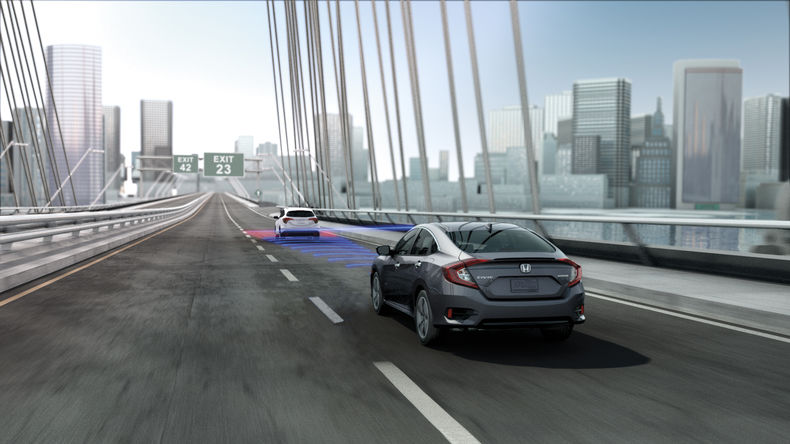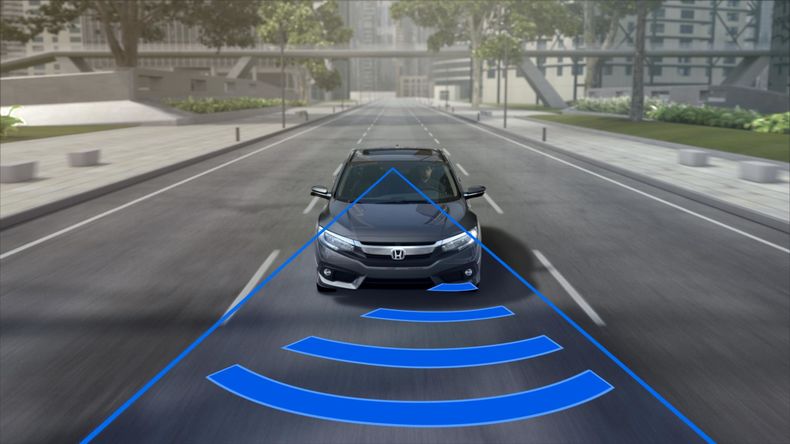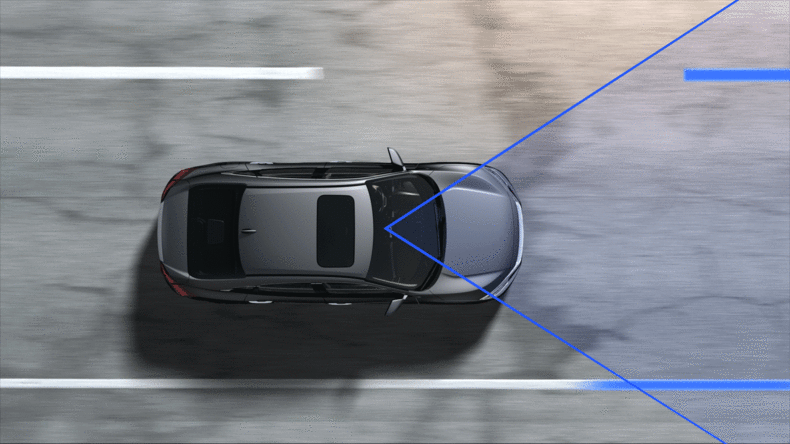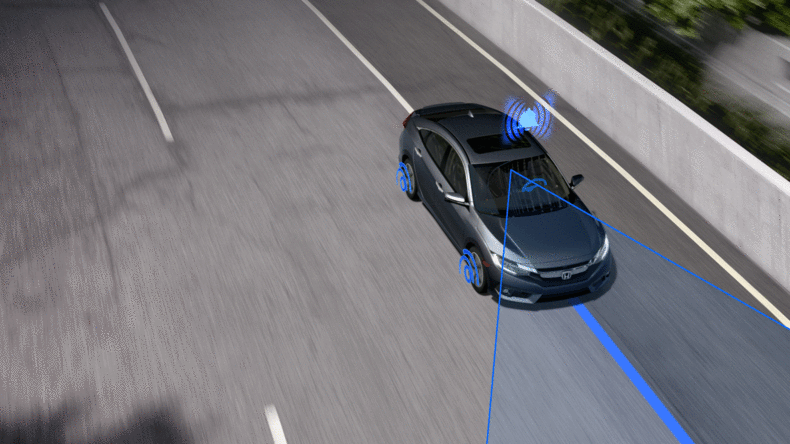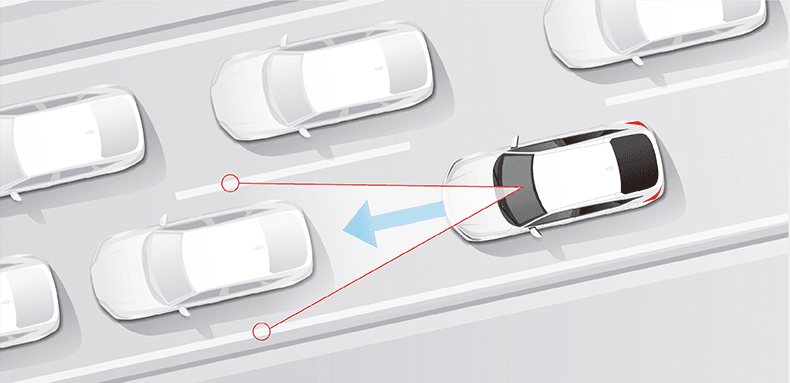SRS Airbags
More commonly known as the Airbag System. SRS is designed to supplement the restraint provided by a seatbelt in an accident, not be the sole restraining system.
You must always wear your seatbelt whether your vehicle is equipped with SRS or not.
The SRS consists of one or more inflatable airbags which can be activated in a frontal accident, where an occupant's head and upper torso may come in contact with part of the vehicle.
The standard fitment is a driver's SRS airbag positioned within the steering wheel. SRS is also provided for the front seat passenger, and is positioned in the upper dashboard.
In a frontal accident where the occupant is likely to be thrown forward beyond the restraint provided by a seatbelt, an inflation signal is sent to the airbag(s) and seatbelt pretensioner. Airbag inflation occurs in one 100th of a second and deflates almost as quickly, quicker than an eye blink in total. The airbag cushions and slows down the forward movement of the head and upper torso - minimizing injury and helping to absorb energy.
There are precautions to observe when using an airbag equipped vehicle. Always sit at the maximum comfortable distance away from the steering wheel or dashboard. Never place a rearward facing child seat in the front, even with the seat fully back. It is highly recommended that any child seat be placed in the rear seats.
i-SRS (Supplementary Restraint System)
i-SRS is a development of the standard airbag Supplementary Restraint System (SRS). i-SRS controls front airbag and front seat belt pretensioner deployment, in a way that ensures optimum occupant protection according to the severity of a frontal collision. The system will also send an unlock signal to all doors 10 seconds after deployment of any airbag or pretensioner.
i-SRS independently deploys both seat belt pretensioners, and two stages of the driver's and passenger's airbag, all according to four deceleration conditions and if the seat belts are in use or not. By controlling deployment to suit varying collision conditions i-SRS ensures optimum occupant protection while minimising the risk of airbag-inflicted injuries.
SRS Side Airbag
Folded like a parachute, an airbag is made of strong lightweight nylon material. When sensors detect a rapid deceleration and/or a severe frontal or side impact, they act as switches, sending an electric current to an inflator in the airbag module.
The airbag deploys in a fraction of a second, helping to protect the head and upper torso from injury. The airbag quickly deflates after deployment to absorb energy.
In the event of a significant side-on impact, side airbags deploy to minimise the shock inflicted upon the front seat occupants' chest. On the passenger's side an Occupant Position Detection System (OPDS) is incorporated which minimises the risk of airbag-inflicted injuries.
Side airbags are of low-volume type and are positioned in the outer seat-back bolster of each front seat to protect the occupant's chest. The chest is the area most prone to injury in a side-on collision.
OPDS determines the size and position of the passenger, and prevents deployment whenever it could cause head or neck injuries. It also alerts the driver by a warning light when the passenger's position is unsuitable for side airbag deployment. The passenger's seat-back incorporates six position sensors running from top to bottom. This determine the height and position of the occupant. A further sensor is incorporated into the left-hand seat-back bolster, this determines the lateral position of the occupant. Monitored on a continuous basis, signals from these sensors allow OPDS to determine the passenger's seated position. In a side-on collision OPDS can then calculate if it is safe to deploy the side airbag or not.
Curtain Airbag
Like the side airbags, the curtain airbags are designed to deploy in the case of side impact and in some cases roll over.
The curtain airbags are stored in the roof area above the side windows with a gas inflator in the rear pillar. Deployment of the airbag module creates a cushioning layer between the occupants' head and objects outside the vehicle, substantially reducing the effect of impact forces and potential head injury. Side impact sensors are located in the middle and rear of the vehicle on both sides. The fully opened curtain extends along the length of the side windows and to a depth in excess of the glass area.
